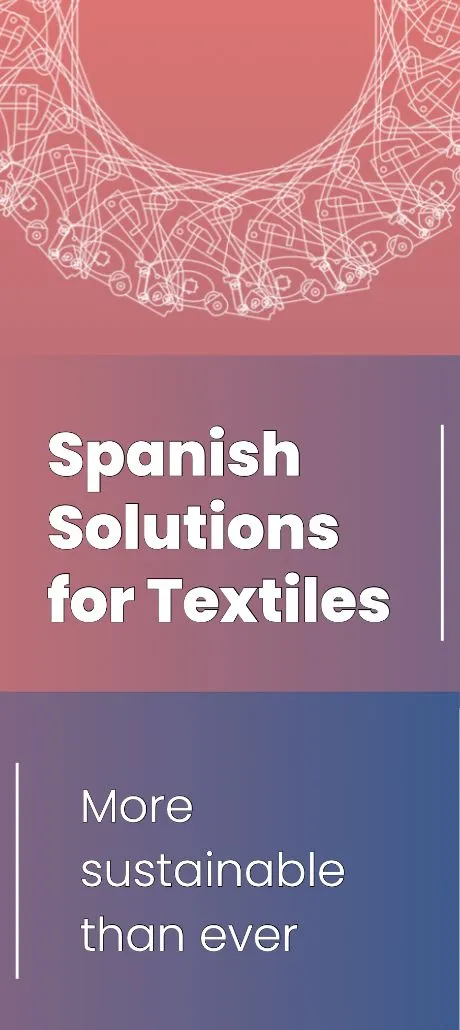Textile waste presents a major challenge for both local and state governments tasked with waste management responsibilities. While over 90% of the clothes sent to landfill could be reused or recycled, only 7% of discarded textiles are actually recycled, and an estimated 50% of household clothing or textile waste ending up in landfill.
“From a circular economy perspective, allowing textiles to end up in landfill represents a significant loss of valuable resources,” explains Professor Alice Payne, Dean of the RMIT School of Fashion & Textiles and the lead researcher in the Consumer Clothing Use & Disposal Behaviours Study, which aimed to uncover why Australians dispose of clothing in this way and gather valuable data that could help shape better waste management and consumer habits.
This national survey project – the first of its kind for Australia – was jointly funded by the Queensland Government and Kmart Group, and the research was conducted by the RMIT School of Fashion & Textiles and the RMIT Graduate School of Business and Law. The published findings will be shared and unpacked by Prof. Alice in a panel discussion at the upcoming Global Sourcing Expo (taking place from 19-21 November 2024 at the Melbourne Convention & Exhibition Centre).
“Australians are among the world’s biggest consumer of clothing. More than 200,000 tonnes of clothing end up in landfill each year. It’s absolutely critical that we reduce waste, and the establishment of an effective circular economy is key,” says Marie Kinsella, CEO of the International Expo Group – the organisers of the Global Sourcing Expo. “Prof. Alice’s panel discussion is essential for any fashion or textile brand that wants to be a part of the solution”.
Uncovering critical insights
Elaborating on the rationale for the survey, Prof. Alice explains that the Queensland Government was particularly interested in understanding why clothing ends up in the general waste (red household) bins, prompting a deeper investigation into Australian-specific behaviours regarding clothing use and disposal. “Inspired by similar studies conducted in Europe and the UK, Kmart recognised the opportunity to generate insights tailored to Australia,” she says.
To ensure the study addressed the most pressing questions about clothing use and disposal, the research team began by conducting 10 in-depth interviews with key stakeholders from across the clothing value chain.
These interviews highlighted significant data gaps in the Australian context, including the need to understand where and how consumers are most likely to dispose of their clothing, what drives the decision to discard wearable versus unwearable clothing, and the displacement effect between new and second-hand garments. Following these insights, the researchers surveyed 3,080 participants, ensuring national representation across age, gender and geographic location, including metro and regional areas in all Australian states and territories.
The survey has revealed a number of very valuable insights, enabling the research team to make actionable recommendations for sustainable and meaningful change.
Unlocking important insights to drive change
One of the most surprising findings from the study is that age is the most significant factor influencing consumer behaviour around clothing use and disposal. “Contrary to our expectations, geographic location did not play as large a role in determining behaviours as we had initially assumed.
Additionally, the study revealed that both older and younger Australians are actively engaging in circular practices, albeit in distinct ways. These insights challenge some common assumptions and open up new avenues for targeted interventions across different age groups,” explains Prof.
Alice. Older Australians appear to maintain a smaller wardrobe, consuming and discarding clothing less frequently. They’re more likely to donate the clothing they’re no longer wearing. In contrast, younger consumers are more likely to adopt diverse circular practices, such as creative clothing repairs, re-selling of clothing, etc. However, they’re also more likely to throw clothing into the bin that could continue to be worn.
Another key finding is that Australians are confused about where and how to responsibly discard clothing, with 32% sometimes throwing clothes into the general waste bins and a further 24% into the home recycling bins.
This highlights the need for a nationally scaled collection system for unwearable clothing, alongside appropriate and trusted recycling pathways. “To achieve material efficiency and sustainability, clothing should remain in use for as long as possible. Once clothing becomes unwearable, it’s crucial that the materials are directed toward recycling pathways rather than being discarded as waste,” reiterates Prof. Alice.
Keeping clothes out of landfills
The survey holds the key to positive change, having enabled the identification of three distinct Australian consumer personas, which can help in designing targeted behaviour-change campaigns that encourage more sustainable clothing practices. In addition, the survey has the potential to be repeated over time, allowing for tracking of shifts in consumer behaviour and practices and providing a foundation for ongoing research into clothing use and disposal in Australia.
Prof. Alice states that the next step is to encourage further analysis of the data by industry, government, and other interested organisations. “By fostering collaboration, we hope to leverage these findings to drive systemic change. Over time, we aim to track Australia’s progress toward a more circular economy by continuing to measure and analyse changes in consumer behaviour. This data will serve as a benchmark for monitoring improvements and identifying areas that require additional focus,” she concludes.
Prof. Alice will be joined by industry experts for the panel discussion (How do Australians acquire, use, and dispose of their clothing? Findings from a national survey) at the Global Sourcing Expo, at 10 am on Wednesday, 20 November 2024.
More information about the Expo seminar sessions is available at:






























